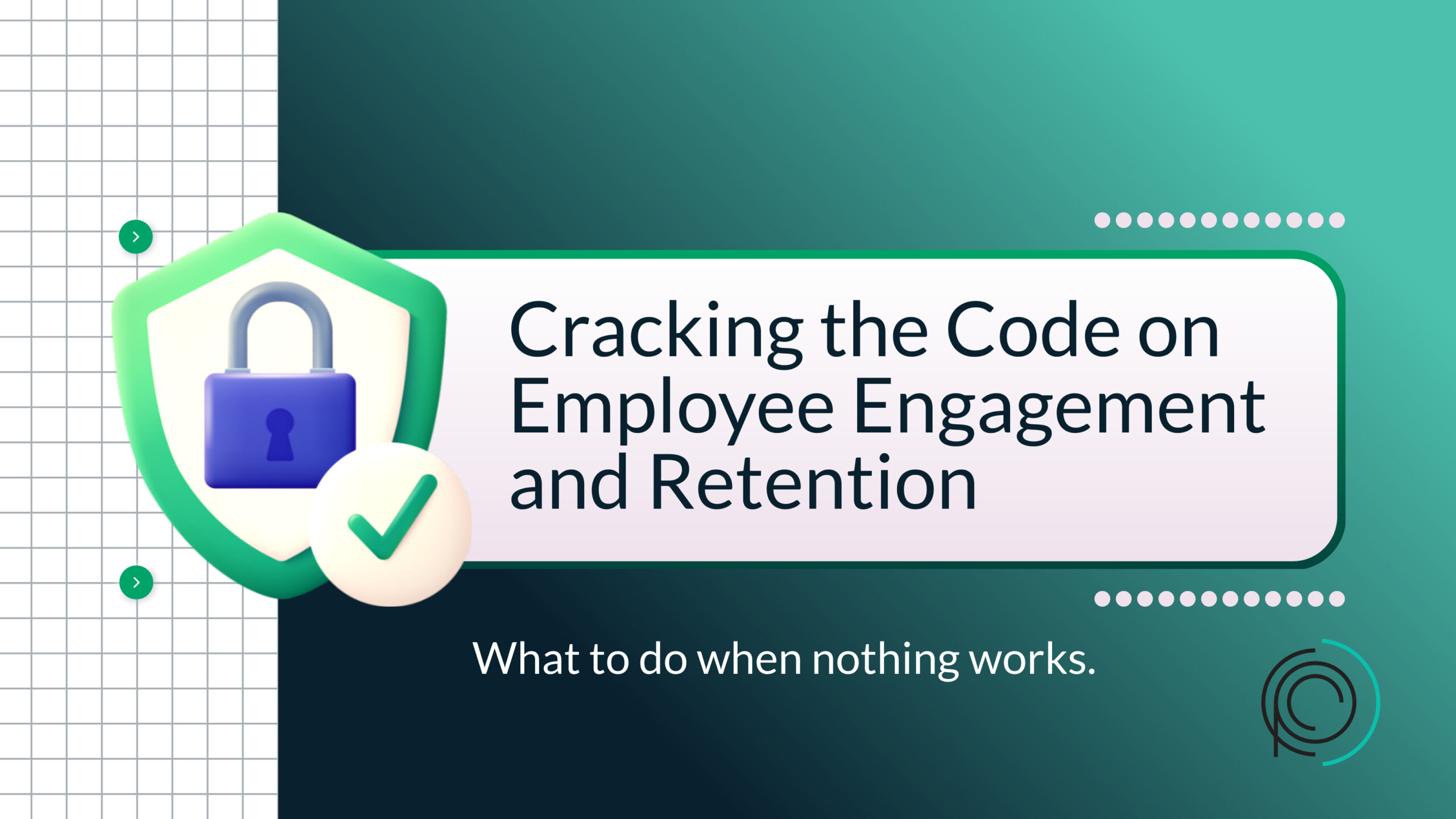Breaking Down Barriers: Transforming Silo Mentality into Collaborative Success for Business Growth
Have you ever come across the term ‘silo mentality’ in a business context? If this concept is new to you, it’s important to understand that it’s a fairly common issue that might be hindering your business from achieving its maximum growth potential. In essence, a silo mentality occurs when different departments or sections within an organization function as isolated units, with minimal to no real collaboration or communication with each other. This phenomenon can lead to a variety of problems that can adversely affect a company’s performance and growth.
One of the primary issues arising from a silo mentality is the stagnation of projects. When departments work in isolation, without sharing their progress or challenges with others, projects can hit roadblocks that could have been easily avoided or overcome with input from another department. Additionally, this lack of coordination can result in overlapping responsibilities, where two or more departments unknowingly work on similar tasks, leading to wasted resources and potential conflicts.
Furthermore, a silo mentality within a company can significantly obstruct the process of innovation. Innovation, by its very nature, flourishes when diverse ideas and perspectives from different teams converge, fostering an environment where something new and valuable can emerge. This blend of various viewpoints is crucial for sparking creativity and driving progress. However, if departments operate in isolation, failing to communicate or collaborate effectively, it results in a missed opportunity for these cross-functional innovations to take place. Such a lack of interconnectedness not only stifles the creative process but also prevents the company from evolving and maintaining a competitive edge in the ever-changing market landscape. As a result, breaking down these silos and fostering a culture of open communication and collaboration becomes imperative for any organization aiming to stay ahead in its industry.
Furthermore, a silo mentality can stifle your talent’s capability to propel your business to greater heights. When team members are confined within the walls of their departmental silos, their ability to learn, grow, and contribute to other areas of the business is significantly limited. This not only impacts the individual’s career development but also the overall productivity and efficiency of the business.
Fortunately, there are effective strategies to dismantle these silos and foster an environment of collaboration and open communication. Initiatives like cross-departmental projects, regular inter-departmental meetings, and shared goals can help bridge the gaps between different areas of your business. Encouraging a culture that values teamwork, openness, and mutual respect among all employees can also play a crucial role in breaking down these barriers.
Implementing these changes can transform the way your company operates, turning isolated departments into a cohesive, collaborative team. This, in turn, can unlock the full potential of your business, driving growth, innovation, and success. Remember, the first step towards overcoming a silo mentality is acknowledging its presence and understanding the impact it has on your business. From there, you can begin the journey towards a more integrated and dynamic organizational structure.
The first step in dismantling organizational silos begins with the crucial acknowledgment of their existence. Recognizing that these silos can significantly impede an organization’s growth and efficiency is the foundational step toward fostering a more integrated and collaborative environment. It’s essential to take a closer look at your teams and meticulously evaluate whether there are significant gaps in communication or cohesion that might be hindering your organization’s progress. A detailed assessment of how teams interact, share information, and collaborate on projects is critical. There’s a possibility that certain departments, without their knowledge, are working in opposition to each other, thus creating invisible barriers to innovation and efficiency. This not only leads to stagnation in progress but can also foster a counterproductive atmosphere that affects employee morale and productivity negatively. Identifying these barriers and working proactively to remove them can pave the way for a more harmonious and productive organizational culture, where knowledge flows freely and teams are empowered to work towards a common goal..
Once you’ve detected the existence of any silos within your organization, merely recognizing them is merely the initial step toward resolution. It’s absolutely critical to take immediate and decisive action to bridge these gaps effectively. This process could involve the strategic introduction of cross-functional meetings, meticulously designed to foster open communication and collaborative problem-solving efforts between various departments. By encouraging collaboration through carefully planned team-building activities or joint projects, you can further assist in dismantling these barriers.
Moreover, such initiatives not only serve to improve interdepartmental relationships significantly but also play a crucial role in aligning every member of the organization toward the overarching goal of achieving collective success. This alignment is essential for fostering a unified work environment where innovation and efficiency can thrive. Implementing these measures can transform the organizational culture into one that values teamwork and shared objectives above individual departmental achievements, paving the way for sustained organizational growth and success.
One effective strategy for dismantling organizational silos involves fostering a culture of transparency and open sharing in your workplace. When employees feel empowered to approach colleagues from different departments with questions, concerns, or innovative ideas, it nurtures a stronger sense of community and unity within the company. To further this goal, consider hosting team-building activities designed to enhance cross-functional collaboration. These activities could range from simple ice-breaker exercises to more complex problem-solving tasks that require input from various departments. Additionally, actively encourage feedback from employees on ways to improve communication and efficiency across the entire organization. Such feedback can be solicited through regular meetings, anonymous suggestion boxes, or digital platforms that allow for easy sharing of ideas. By taking these steps, you can create a more cohesive and harmonious work environment that benefits everyone involved.
It’s crucial to refrain from assigning blame when challenges arise. If a project stalls or if there’s a communication breakdown between departments, it’s a natural impulse for individuals or departments to start pointing fingers at each other. This reaction, however, is counterproductive. Blame-shifting not only reinforces the silo mentality, where different sections of an organization work in isolation and fail to cooperate, but it also hampers any effort toward making tangible progress. Instead of letting a culture of blame take root, it’s far more beneficial to cultivate an environment focused on problem-solving and fostering open communication. Encouraging a constructive dialogue ensures that everyone is on the same page regarding their responsibilities and what is expected of them. This approach not only helps in addressing the immediate issues at hand but also lays down a foundation for a more collaborative and efficient workplace.
To enhance collaboration within your organization, it’s crucial to ensure that every team member has a thorough understanding of the company’s overall goals and objectives. Achieving a unified perspective on the company’s direction not only aligns individual efforts but also fosters a culture of teamwork and cross-functional collaboration, effectively breaking down departmental silos. To solidify this collaborative environment, it’s essential to maintain clarity and visibility of your mission and vision statements across all levels of the organization. Consider going a step further by introducing and investing in comprehensive training programs specifically designed to nurture collaboration and teamwork skills among employees. By doing so, you not only enhance the collective capability of your workforce to work towards common goals but also cultivate a workplace atmosphere that values and promotes mutual support and cooperation.
Silo mentality, a common scenario where departments or teams within an organization operate in isolation, refusing to share information or collaborate with others, can drastically impede business growth and innovation. This lack of cooperation and communication between different segments of the same organization not only slows down progress but also creates a fragmented company culture that can demoralize employees. However, this problem, as daunting as it seems, is not insurmountable. By carefully implementing the strategies outlined earlier, including regular inter-departmental meetings, shared goals, and team-building activities, you can effectively dismantle these stubborn communication barriers. Doing so paves the way for enhanced cross-functional collaboration, which is invaluable. This transformative shift towards a more integrated and cooperative work environment is crucial. It not only accelerates innovation and efficiency but also cultivates a more unified and motivated workforce, ultimately driving the organization toward greater success.
Encouraging teams to work together and share information leads to a multitude of benefits. Not only does it increase efficiency by streamlining processes and reducing duplicated efforts, but it also sparks innovation. When diverse perspectives come together, the potential for groundbreaking ideas and solutions is immense. Moreover, breaking down silos strengthens the overall unity and morale within the workplace, as employees feel more connected to and understood by their colleagues.
It’s essential not to let a silo mentality stifle your organization’s potential. Proactive steps towards enhancing communication and collaboration can transform your work environment, leading to better outcomes and a more engaged workforce. If you find dismantling these barriers daunting, especially in terms of employee engagement, overcoming silo mentality, and evolving your corporate culture, support is available. Consider booking some time with one of our experts by visiting our contact page. This could be your first step towards creating a more open, collaborative, and successful workplace.







